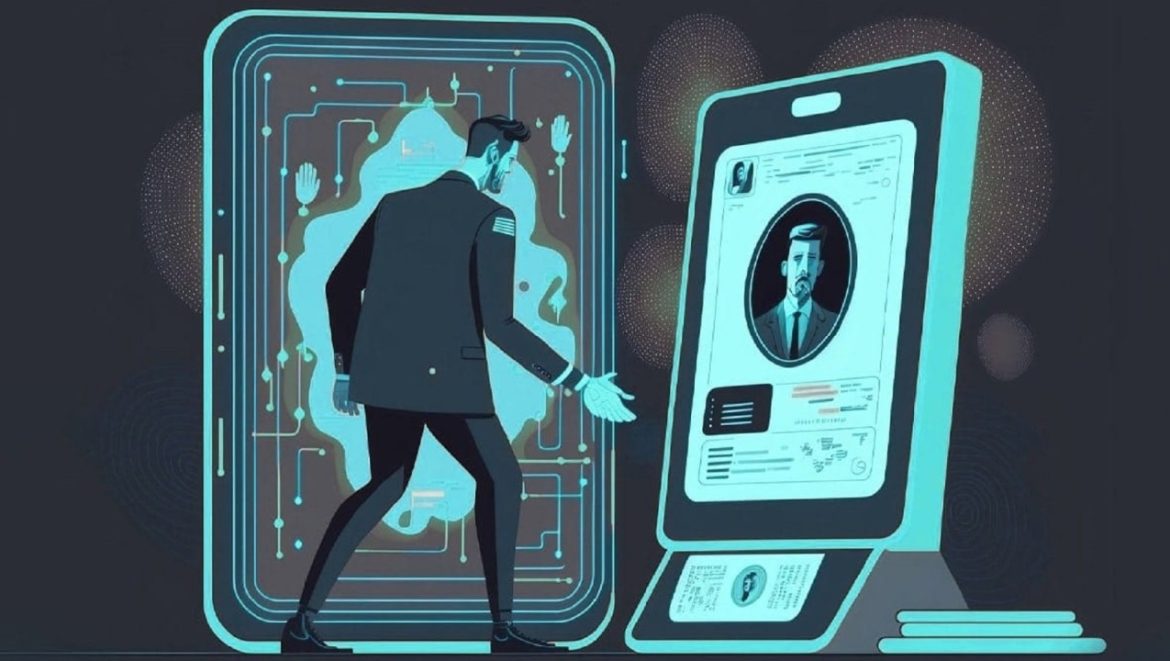In today’s digital age, ensuring secure access to sensitive information and systems is paramount. Traditional methods of authentication, such as passwords and PINs, are increasingly vulnerable to hacking and unauthorized access. Biometric authentication, which relies on unique biological traits for identity verification, offers a more secure and convenient alternative. In this article, we explore the latest advancements in biometric authentication technology and its applications across various industries.
Understanding Biometric Authentication
Biometric authentication utilizes physiological or behavioral characteristics to verify an individual’s identity. These characteristics can include fingerprints, iris patterns, facial features, voice patterns, and even behavioral traits such as typing patterns or gait. Unlike traditional authentication methods, biometrics cannot be easily replicated or stolen, making it an ideal solution for enhancing security in digital environments.
One of the key advantages of biometric authentication is its convenience and user-friendliness. Instead of memorizing complex passwords or carrying physical tokens, users can simply provide a biometric sample, such as a fingerprint or facial scan, to gain access to their devices, accounts, or physical spaces. This not only streamlines the authentication process but also reduces the risk of password fatigue and user error.
Advancements in Biometric Technology
Recent advancements in biometric technology have led to significant improvements in accuracy, speed, and reliability. One notable advancement is the integration of artificial intelligence (AI) and machine learning algorithms into biometric systems. These algorithms enable biometric devices to adapt and learn from user behavior over time, enhancing recognition accuracy and mitigating false positives or negatives.
Furthermore, the miniaturization of biometric sensors and the development of robust algorithms have paved the way for biometric authentication in various form factors, including smartphones, wearables, and IoT devices. Mobile devices, in particular, have embraced biometric authentication features such as fingerprint scanners, facial recognition, and iris scanners, offering users a secure and seamless authentication experience.
Applications Across Industries
Biometric authentication technology has found widespread applications across various industries, ranging from finance and healthcare to government and law enforcement. In the finance sector, biometrics are used to secure online banking transactions, authorize payments, and prevent fraudulent activities. Similarly, in healthcare, biometric authentication ensures secure access to electronic medical records and protects patient confidentiality.
Government agencies leverage biometric technology for border control, immigration, and national security purposes. Biometric passports and ID cards incorporate features such as facial recognition and fingerprint scanning to verify travelers’ identities and enhance border security. Law enforcement agencies use biometrics for criminal identification and forensic investigations, aiding in the apprehension of suspects and the resolution of criminal cases.
Addressing Security and Privacy Concerns
While biometric authentication offers many benefits, it also raises concerns regarding security and privacy. Biometric data, being inherently personal and immutable, requires robust security measures to prevent unauthorized access and potential misuse. Encryption, tokenization, and secure storage protocols are essential to safeguarding biometric data and preventing data breaches.
Moreover, ensuring user consent and transparency in the collection and use of biometric data is crucial for maintaining trust and compliance with privacy regulations. Clear policies and procedures should be established for the storage, retention, and deletion of biometric data, with strict adherence to regulatory requirements such as the General Data Protection Regulation (GDPR) and the California Consumer Privacy Act (CCPA).
The Future of Biometric Authentication
As biometric technology continues to evolve, we can expect further innovations in authentication methods and applications. Advancements in biometric sensors, AI algorithms, and multimodal biometrics will enhance accuracy and reliability while enabling more diverse and secure authentication methods. Additionally, the integration of biometrics with emerging technologies such as blockchain and edge computing will further strengthen security and privacy protections in digital transactions and interactions.
In conclusion, biometric authentication represents a paradigm shift in identity verification technology, offering a secure, convenient, and user-centric approach to access control. With ongoing advancements and applications across industries, biometrics are poised to play a central role in securing digital ecosystems and safeguarding sensitive information in the years to come.

